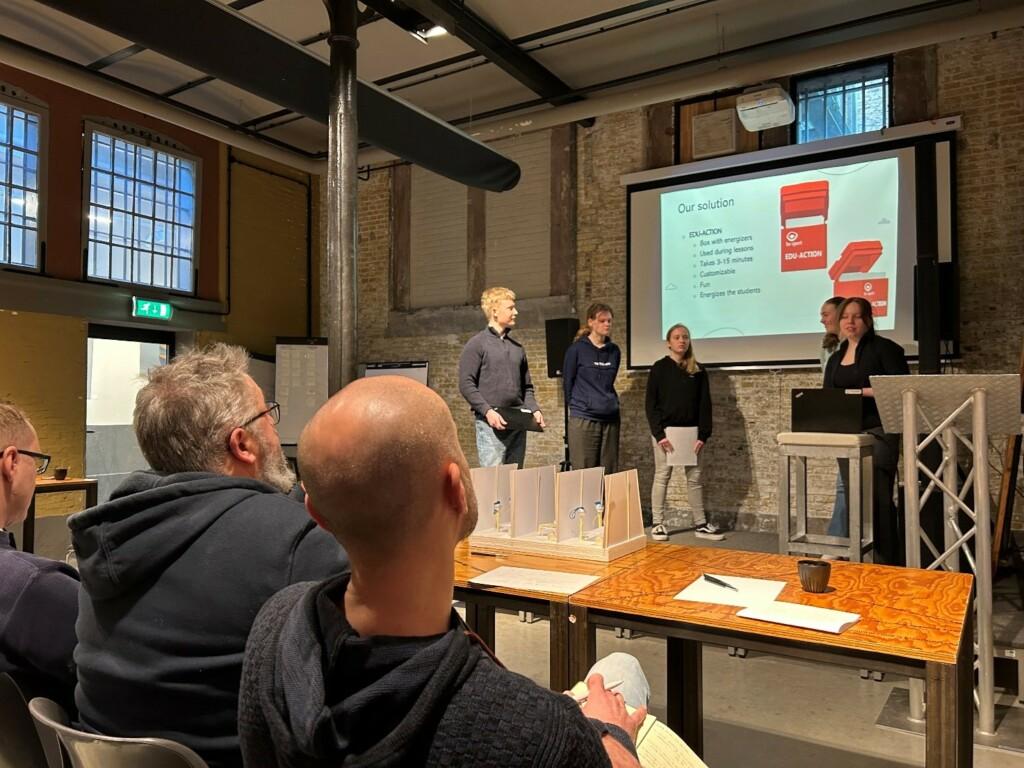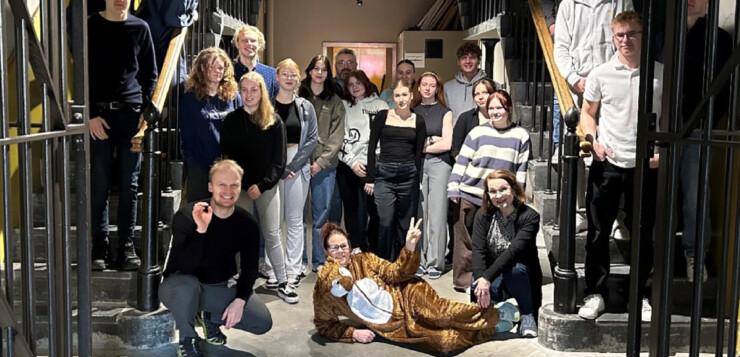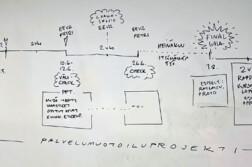RUN EU is an alliance of nine like-minded higher education institutions drawn from all regions of Europe. Together we are creating a regional development-oriented European University that embodies the values of sustainability, multiculturalism and inclusiveness in all its works. During week 10, we had an amazing opportunity to combine Finnish and Dutch high school students under the same roof at “The Jail”, Blokhuispoort in Leeuwarden. Twenty students were working on the challenge called “How can we bring more activity to school days?”, and the challenge was given by a local company called bv Sport. Students dived into empathizing, defining, ideating, prototyping, and testing practices using design thinking tools and methods. At the end of the week, we had Lion’s Den, where groups introduced their solutions. Yes, yes, a familiar concept.
But what was so special about this week? This was the first pilot under the RUN-EU umbrella to explore how weeks like this could be, especially with younger students. How high school collaboration is working, and how can we introduce higher education studies to our children in natural surroundings? In my mind, the design thinking method played a minor role in this case, even though we led students to do something real. On the other hand, we could demonstrate with the actual company case how we do our studies at a higher education level. Of course, this was only one example; we do a lot of other stuff, too!
We still wanted to ask students what the main learning points were, and surprisingly, we got many open answers to our questions! Students would have wanted to spend more time together and get to know each other better in the Fin-Dutch bubble. To be honest, we were struggling. Are we going to organize something extra? Do we give students free time or go with the flow? After all, we decided to provide more free time because we also wanted to pilot our week. Additionally, this trip was the first experience of flying abroad for some students, making connections with different cultures and talking in a foreign language. These elements also require free time, so you can digest all experiences. But the feedback was good, so we will organize something more with students for free time next time. This shout-out goes to teamwork skills. This is probably the most used term for doing something together, but amazingly, this was one key element from the students’ point of view of the week.
Some comments were given about workload. Some students would have wanted to do more, some less. There is nothing new in this because we are all different. Amazingly, many comments were related to pitching skills. Even though high school students are already used to presenting presentations, quite many were very excited, and some were even intimidated by pitching. One success story was with a student. At the beginning of the week, I saw how he was thinking of pitching and how nervous he was. I’m so proud of him and how well he pulled himself together and had an awesome pitch! I told him his pitch was excellent or brilliant, and he could decide which one. We saw many success stories, though. During practicing some were stumbling and hardly talking or mixing and forgetting words, started giggling due to excitement, and didn’t make eye contact, for example. But what we saw at Lion’s Den was something very professional. Maybe the real company case, after all, pushed to make each one’s best.
As we can see from these simple examples, a lot was happening. High school students practised transversal and 21st Century Skills, but we didn’t explicitly address it. This will follow during our future feedback session, and I’m already eagerly waiting for it!
Author
Sanna-Maaria Siintoharju, HAMK Design Factory




